25 UNREAL Forced Perspective Photography Ideas

Forced perspective photography relies on optical illusion. The captured subjects seem to be of a different size or distance because of the angle chosen by a shooter.
You can use such an illusion to make small subjects look gigantic or skyscrapers look like miniature models.
While many photo manipulation techniques rely on the image editing, perspective images require unconventional subject positioning and your camera.
25 Forced Perspective Photos You Have to Try For Yourself
I’m going to cover several fantastic examples of how to do forced perspective photography having only a camera and choosing a perfect pose.
1. Use Props
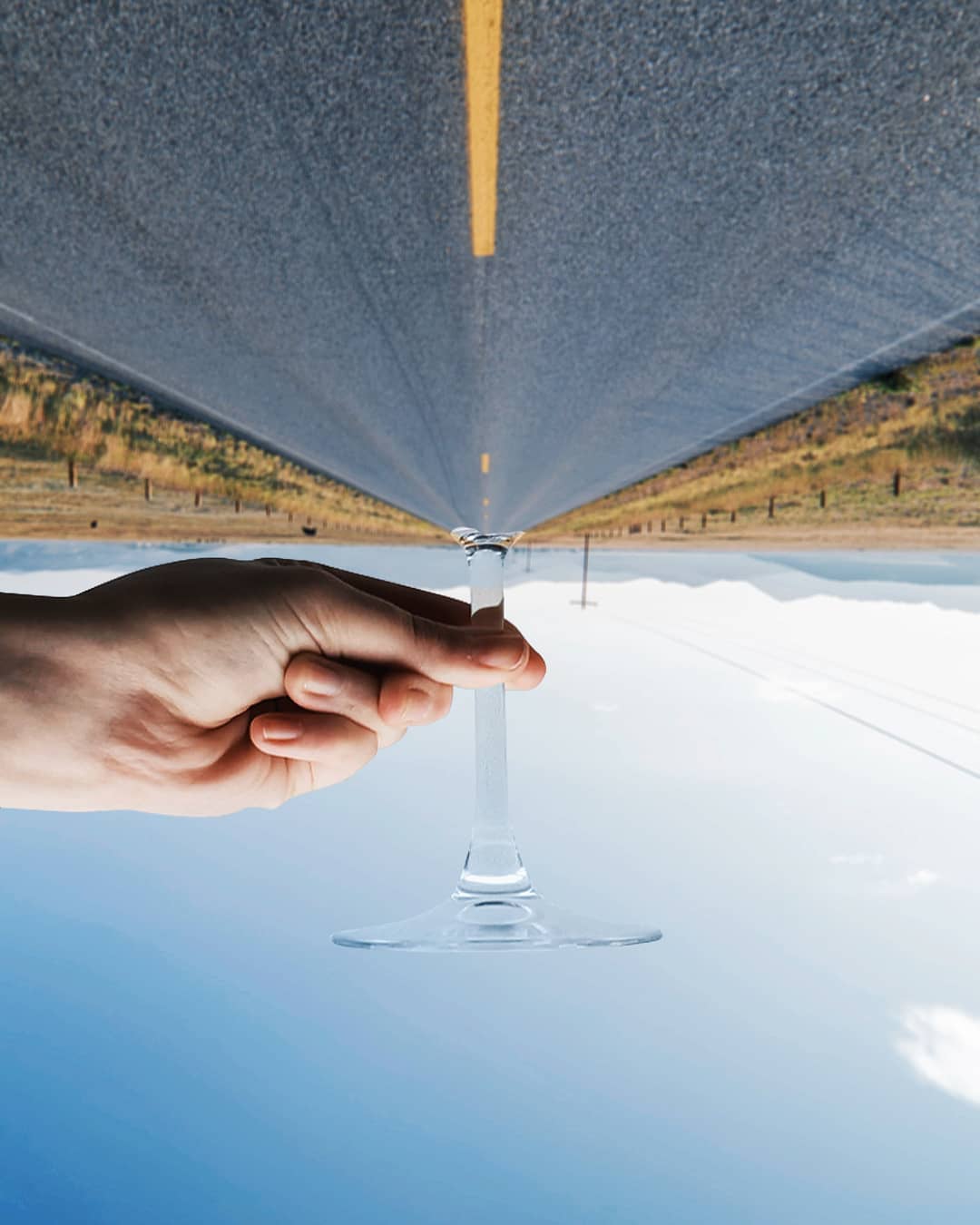
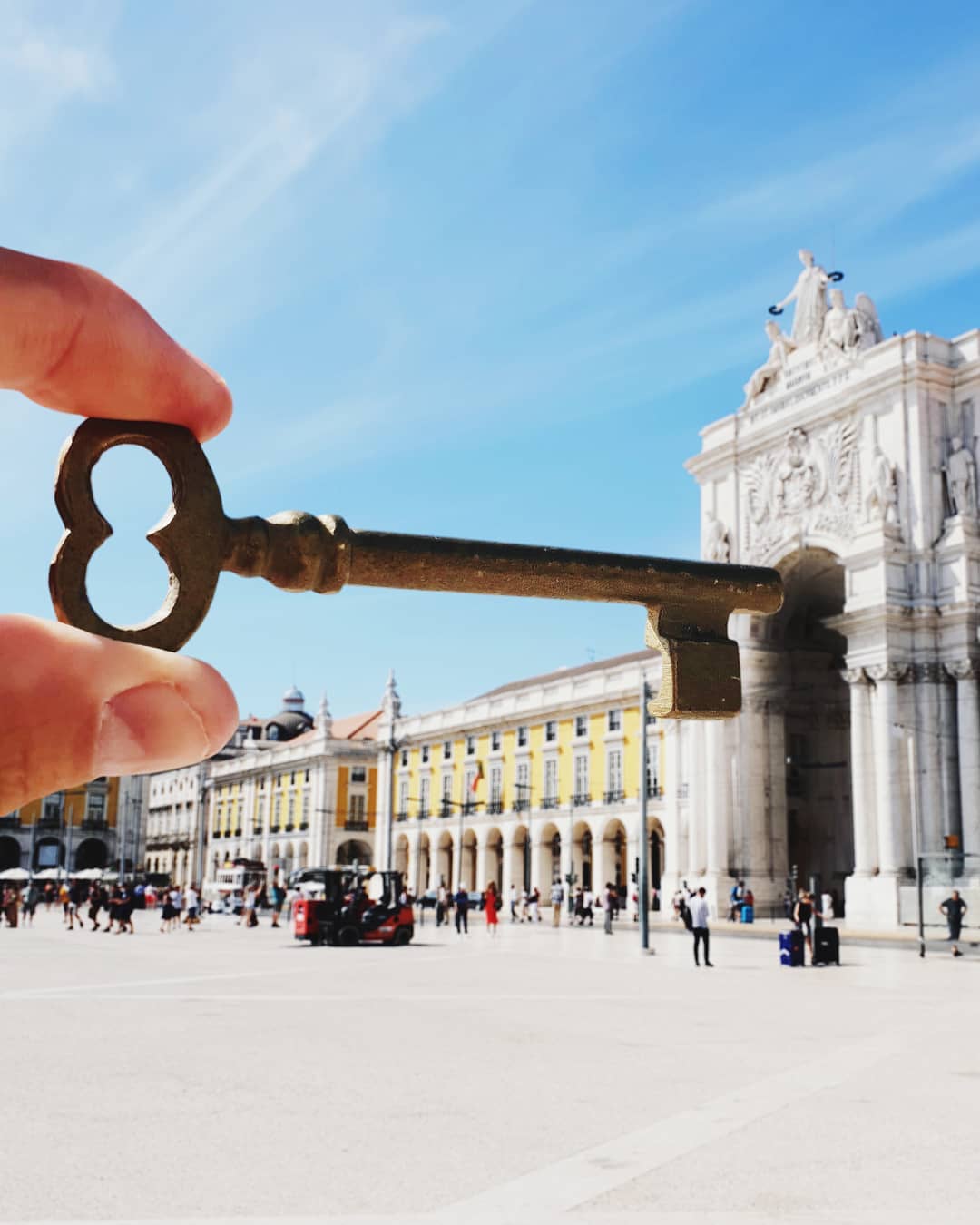
Unique or symbolic props can do wonders for making your forced perspective photos even more eye-catching. Anything goes here from toys and utility tools to flowers and all sorts of devices.
Give preference to props that are relevant for the surroundings and help establish a connection between the foreground and the backdrop.
2. Pre-Plan Your Composition

There’s no need to map out all the tiniest details, but you do need a general concept in your head before you take the camera in your hands.
Proper preparation will help you save time during the actual shoot and can improve the overall composition quality since you’ll be able to brainstorm how you can make your photos to look better.
3. Think about the Timing
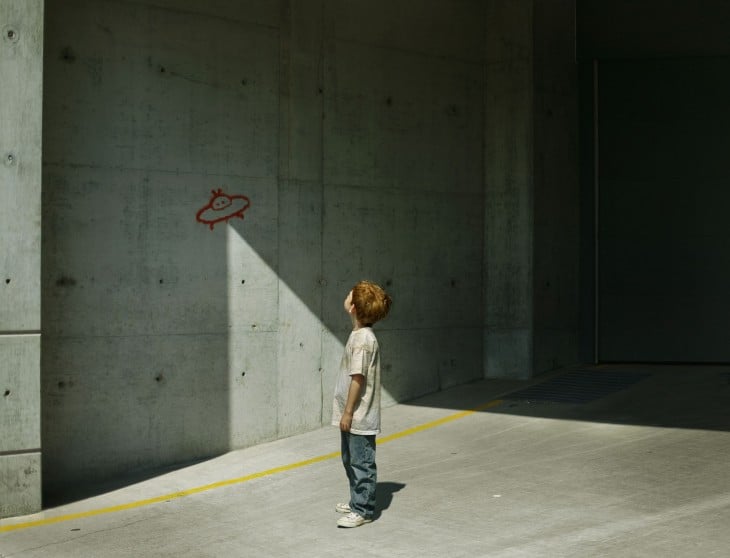
Almost all locations are suitable for forced perspective photography as long as you get the timing right. One of the most common issues is the presence of random people that constrain the time you have to take the shot.
If you’re planning on shooting in an ordinarily crowded place, you should go there in the early morning when there are less people there.
4. Use a Zoom Lens
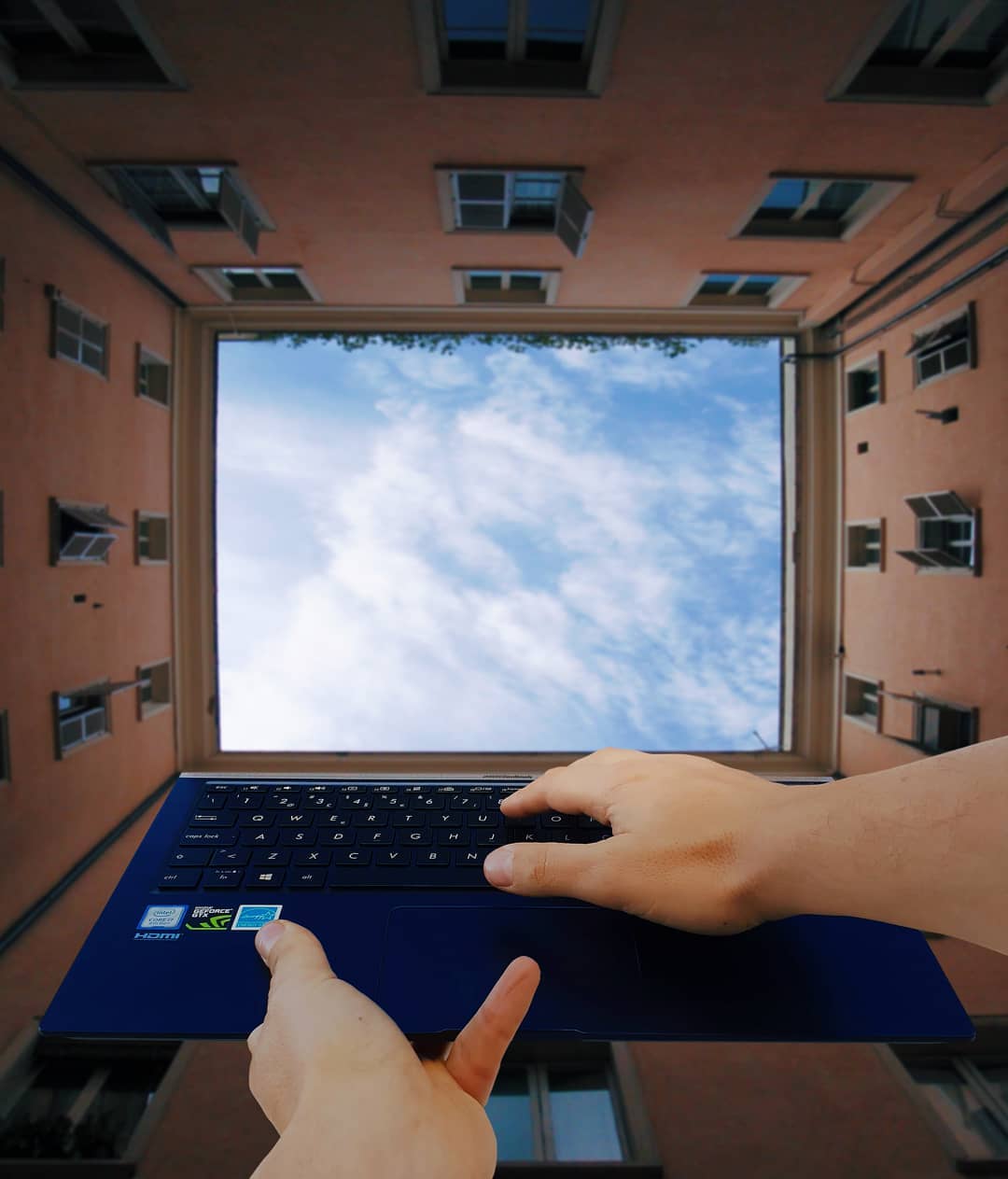
Most lenses are capable of creating perspective illusions, but a zoom model such as the Sigma 70-200mm f/2.8 DG makes this task a lot easier.
Zoom lenses let you reframe the photo without the need to approach or distance yourself from the subject, which is the case with a prime model.
If you’re using a zoom lens, avoid getting lower than 35mm whenever you can. The distortion created in the wide-angle range can ruin the effect of the illusion.
5. Use a Narrow Aperture

It’s possible to take quality forced perspective pictures with any aperture and depth of field values, but you should always strive to have both subjects in focus to ensure the created illusion is as believable as possible.
Try setting a small aperture such as f/16 to have a depth of field that will keep both subjects focused and appear at the same distance from the lens.
6. Try Using a Tilt-Shift Lens
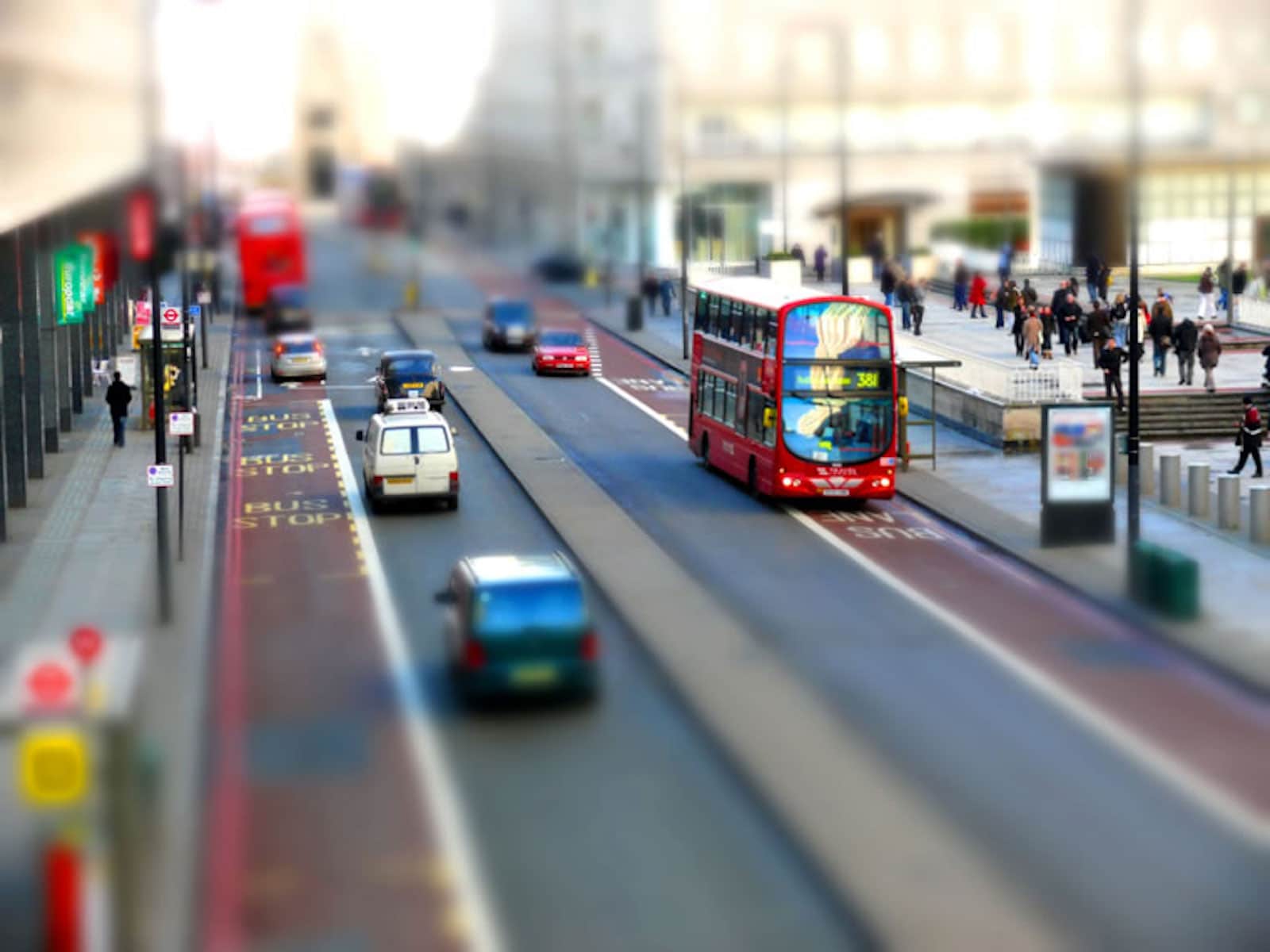
Tilt shift photography is a subtype of visual perspective photography. It relies on a tilt-shift lens that adjusts the optics that contact the image sensor. The received result looks minuscule, whimsical, and somewhat cartoonish.
7. Take Test Shots

Once you’ve completed the planning phase, you should take a couple of test photos before moving on to the actual photo session. Even taking some photos in your house can help you visualize the composition and determine if you need some additional props and what angles to use when shooting on location.
8. Work with an Assistant

If you’re working alone, creating the perfect optical illusion can be very hard and time-consuming. Unless you’ve chosen an object that’s within arm’s reach, you’ll need to walk to the subject to change their placement, go back to check if it’s correct in the viewfinder, and repeat that process again and again.
If you have someone with you, they can do the placement adjustments while you give them instructions by looking through the viewfinder.
9. Keep It Simple

It doesn’t matter what genre you’re working in, you should always consider which objects have a place in the shot and which have to be removed.
When it comes to forced perspective photography, simplicity is your friend as optical illusions have a stronger effect when there’s not too much going on in the photo. Unneeded elements take away the viewer’s attention from the created illusion and ruin its impact.
10. Incorporate Famous Landmarks


Unsurprisingly, landmarks are among the most common subjects for perspective photography, but the problem is they’ve all been used before way too many times.
The Leaning Tower of Pisa, for instance, can be found in portfolios of hundreds of perspective photographers as you can see it being lifted, embraced, and kicked. Break the mold and come up with unique ideas that you’ve never seen anywhere before.
11. Blend In With the Surroundings

Another interesting optical illusion can be achieved by having the model wearing clothing that blends in with the natural environment. The look of a person being camouflaged in nature is truly mesmerizing.
12. “Dress” In Food


You can use food to make it look like clothing. With the help of perspective, distancing, and positioning, a correctly placed fruit or pizza slice can look like someone’s fancy dress or skirt. The received results range from cute and ingenious to funny and beautiful.
13. Create Picture Inception

This forced perspective photography technique requires quite a bit of preparation since you’ll have to take a photo, print it out, and revisit the original location to take another picture, but the stunning effect created from the two photographs is worth it.
This idea is particularly effective if you can get ahold of an old photo taken years and years ago and align it with the current-day environment to highlight how much everything has changed.
14. Create a Book Face Portrait

Book Face is a very popular idea that has you aligning book covers with faces. You simply need to find a bunch of volunteers and a plethora of books with faces on them. The cover can obstruct either the entire face or just a part of it.
Don’t get fixated only on the books though as you can replace them with paintings, illustrations, and printed out photos.
15. Incorporate Bokeh

Lighting can be a fantastic prop for forced perspective photography. Probably the most efficient way to implement it is to use bokeh photography. Position the light circles as subjects as you can see in the photograph above. Possible ideas including eating the light balls or blowing them like bubbles.
16. Incorporate Waterfalls

Waterfalls are a perfect fit for unusual perspective photography. You can place the cup in a way, that make it look like the water is pouring onto it. Alternatively, you can create the illusion of water pouring from a bottle, mug, teapot, or even your phone.
17. Capture the Sun or the Moon


The sun and moon are frequently featured in forced perspective photography and that’s hardly a surprise. You can ask the subject to grab them, eat them, hug them, or use various objects to create interesting scenes.
Due to the natural lighting produced by the sun and moon and how the subject is placed, you’ll usually receive a silhouette photo. This actually works in your favor as such images have minimum visible distractions, allowing the viewer to fully immerse themselves into the optical illusion.
18. Use Paper Cut-Outs

The creative photo above was taken by Rich McCor. He spends his time wandering around the globe and reimagining landmarks with the help of paper cutouts.
Such a simplistic yet interesting approach to forced perspective architecture photos is truly refreshing and all you usually need to create images like that yourself is a black card.
19. Play with Shadows

If you have a knack for noticing interesting details, shadows can become one of your most popular subjects. Have the shadows interact with actual subjects and add another dimension to your work.
20. Incorporate Miniature Toys

Forced perspective is among the most useful techniques for toy photography. You can make the toys appear a lot bigger than their actual size is, set up fantastic action sequences, or take photos of the toys traveling around the city like real-sized people.
21. Create a Headless Illusion

Ask the first model to sit on a desk and lower their head until you can only see the collar (give preference to clothing with hoodies to hide all the hair). Now, ask the second model to kneel and put their chin on the table, while the first person puts their hand on the head to create a confusing and somewhat creepy optical illusion.
22. Become a Giant

This forced perspective photography idea is very easy to implement as you simply need a bit of open space. This trick relies on size relativity and depth of field to make your hand look gigantic.
In this example, the rock is very large but due to the distance, it looks like a pebble. Feel free to use this idea to make yourself a giant near any object, including people.
23. Become Tiny

The large object/small person juxtaposition is probably the most popular trick for perspective shots and it makes perfect sense given how entertaining and eye-catching they look.
You instantly know that the man above isn’t twice as small as the backpack, but due to the optical illusion, your brain still stumbles for a moment.
All the photographer had to do was place the backpack 30ft ahead of the man to achieve a forced perspective and make it look enormous.
24. Play Around with Gravity

Perspective photos that play around with gravity are some of the most interesting ones out there. Your first impression when looking at the example would be that a man is running behind a wall.
However, once you look closely enough (and tilt your head a bit), you’ll notice that he’s actually laying in a pool. Simple, creative, and professionally executed.
25. Use Reflections

Water and reflections are a key part of many perspective shots. Puddles, pools, bathtubs, and lakes are all perfectly suited for creating optical illusions. Reflections in the water or mirrors allow you to skew perspectives and take symmetrical photos, which are bound to attract the viewer’s attention.
Freebies for Forced Perspective Photography
Now that you know what forced perspective is and how to take such photos, it’s time to edit them. The free tools below will both streamline your workflow and help you create a coherent style in your forced perspective photography, which is essential for having a professional-looking portfolio.
Sunset
This preset is perfect for matching dark and sundown perspective photos that feature the sun or the moon. It’s also useful for making the colors more popping and increasing the brightness.
Color Pop
If your image has a strange color cast, this free preset will help you get rid of it and restore natural colors, making the photo look vibrant and clear. This tool is especially well-suited for forced perspective pictures that were taken outside.
Whimsical Illusion
Use this overlay if you’d like to create a perspective image with a bokeh effect but lack the gear or knowledge necessary to do it. This freebie adds a charming, fairy-tale glow to the photo and enhances its atmosphere.
Rainbow
Capturing a rainbow for a picture can take weeks if not months. Instead of waiting for so long, simply apply this overlay and add a beautiful large rainbow to the image. Regardless if you want to make it look like the model is eating the rainbow, laying on it, or any other kind of optical illusion, this tool will work perfectly.
Light and Airy
This preset is perfect for all manners of forced perspective photos including portraits, wildlife, food, nature, street, interior, and architecture. This tool allows you to create bright, whimsical images with tender, creamy skin tones and delicate hues.













